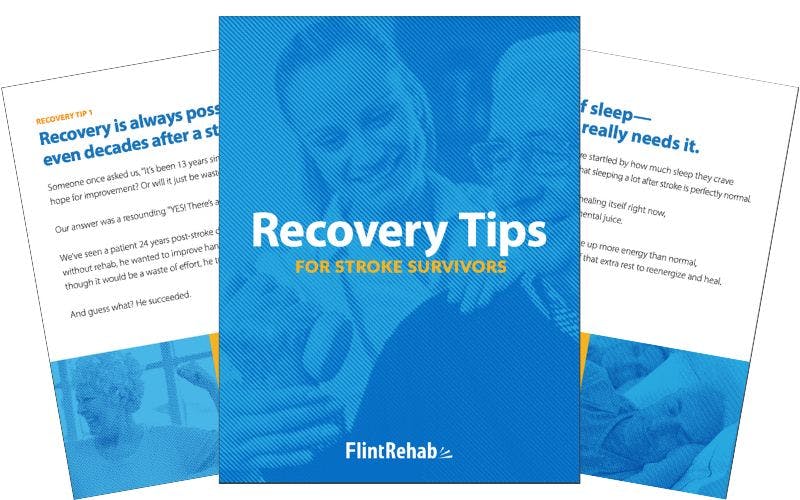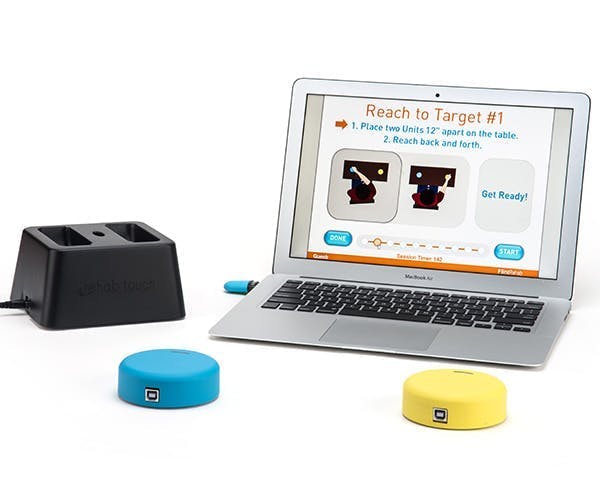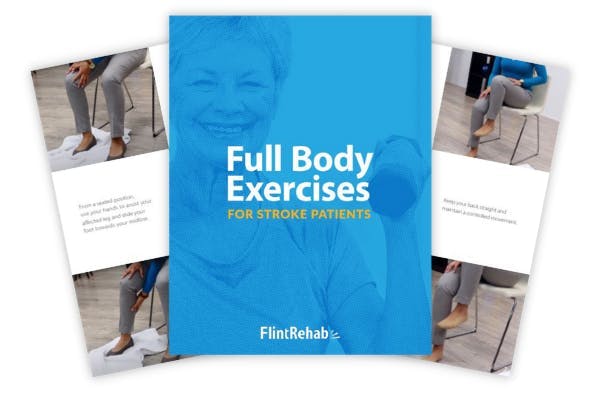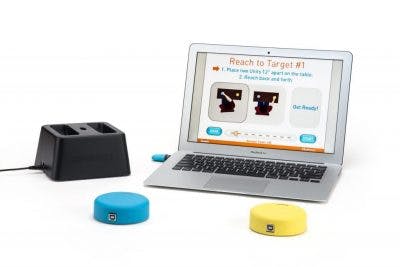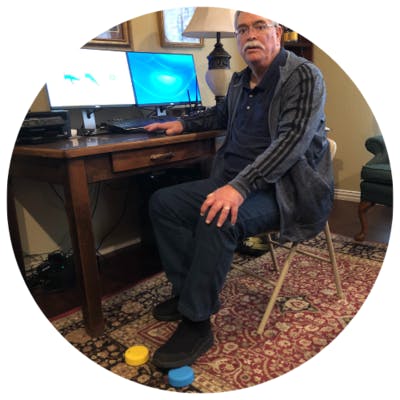Imagine a sudden power outage in your home. Everything grinds to a halt. That’s a little bit like what happens during a stroke – the blood supply to a part of your brain is suddenly cut off, starving vital brain cells of oxygen and nutrients. In these moments, every second counts and that’s where treatments like tenecteplase (TNK) can be life saving.
But what exactly is TNK and why is it becoming a popular option for doctors in acute stroke management?
What Exactly is Tenecteplase (TNK)?
Tenecteplase, often abbreviated as TNK, is a thrombolytic agent – meaning that it is a medication that dissolves blood clots. More specifically, TNK is a genetically engineered version of a naturally occurring enzyme called tissue plasminogen activator (tPA).
Our bodies use tPA to break down blood clots, which are the culprits behind ischemic strokes.
Clinicians have historically used biosynthetic tPA (commonly known as Alteplase) as an acute stroke treatment to dissolve clots. However, in recent years, scientists modified the tPA molecule to create tenecteplase with some key improvements.
These modifications make TNK:
- More specific to the clot: TNK targets the fibrin in blood clots more effectively. This means it is less likely to activate the body’s natural clotting system elsewhere, potentially reducing the risk of bleeding complications.
- Longer-lasting: TNK has a longer half-life in the body compared to older thrombolytics. This means it stays active for a more extended period, allowing for a single, rapid intravenous (IV) injection instead of a prolonged infusion.
- Easier to administer: The single injection makes TNK simpler and faster to administer in the critical moments following a stroke.
Put simply, tenecteplase is a more refined and efficient version of a natural clot-dissolving agent, designed to rapidly restore blood flow to the brain during an ischemic stroke.
How Does Tenecteplase Work?
When a stroke occurs due to a blocked blood vessel (an ischemic stroke, which accounts for the vast majority of strokes), the brain cells in the affected area are deprived of oxygen and glucose. This lack of blood flow can lead to irreversible brain damage within minutes.
This is why the medical community emphasizes the phrase “time is brain” – the faster blood flow can be restored, the better the chances of minimizing long-term disability.
This is where Tenecteplase works its magic. TNK’s primary role in stroke treatment is to dissolve the blood clot quickly. By breaking down the clot, TNK allows blood flow to return to the oxygen deprived brain tissue, saving brain cells and improving neurological outcomes.
Tenecteplase works best when clinicians administer it quickly after stroke symptoms begin. The earlier the treatment, the higher the likelihood of a positive outcome.
This underscores the critical importance of recognizing stroke symptoms immediately and seeking emergency medical attention without delay.
Tenecteplase (TNK) vs. Alteplase (tPA): What’s the Difference and Which One is Better?
For years, alteplase (tPA) has been the gold standard for treating acute ischemic stroke. So, why the sudden popularity of tenecteplase?
Let’s look at some key differences:
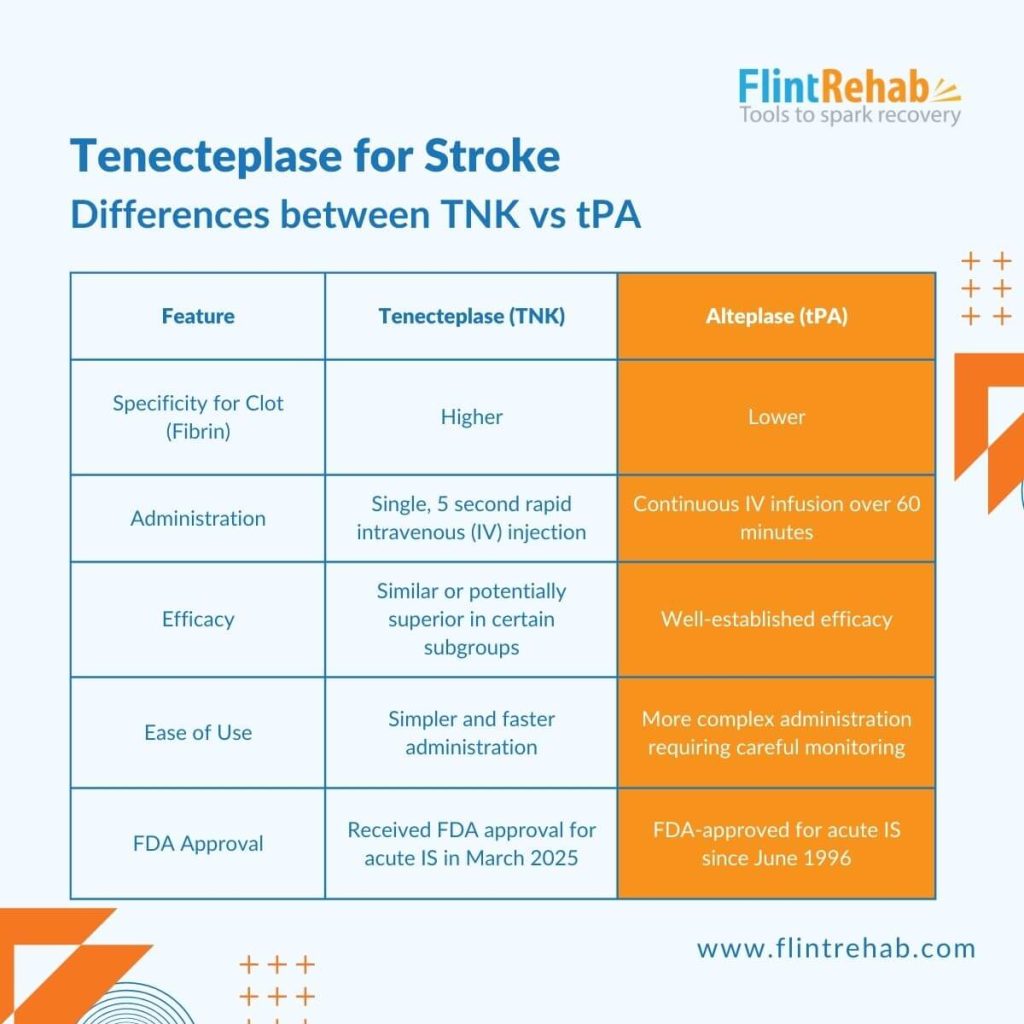
So what do these differences mean?
- Faster Treatment: The single administration of TNK can save precious minutes in the hyper-acute phase of stroke treatment. In a “time is brain” scenario, these minutes can translate to a significant difference in patient outcomes.
- Potentially Better Outcomes: Some studies suggest that tenecteplase may be non-inferior or even superior to alteplase in certain patients, particularly those with more severe strokes or large blockages in the major arteries of the brain.
- Practical Advantages: The ease of administration makes TNK potentially more convenient in busy emergency room settings and may simplify pre-hospital stroke care if it becomes more widely adopted in that context.
However, despite these potential advantages, there are a couple things to note.
- Alteplase has a longer history of use and a vast body of evidence supporting its efficacy and safety.
- The choice between TNK and alteplase often depends on local guidelines, physician preference, the specific characteristics of the stroke, and the availability of resources.
- Ongoing research continues to compare the two agents in different patient populations and stroke subtypes.
To sum it up, tenecteplase offers some promising advantages which is why it seems to be increasing in popularity. It represents a potential advancement in the success of thrombolytics for emergency stroke treatment and provides clinicians with another valuable tool in the fight against stroke.
However, there is still much research to be done comparing TNK vs tPA to consider the safety and efficacy across different patients and types of stroke.
Tenecteplase Dose Per Kilogram for Stroke: Precision is Key
The dosage of tenecteplase for acute ischemic stroke is weight-based, meaning it’s carefully calculated based on the patient’s body weight. This precision helps to ensure that the patient receives an effective dose while minimizing the risk of bleeding complications.
Recent evidence suggests a recommended dose of tenecteplase is 0.25 mg/kg of body weight, with a maximum total dose of 25 mg. However, different studies have suggested varying dosages and maximal amounts, which points to the need for continued research in this area.
For example:
- Patient weighing 70 kg: The calculated dose would be 0.25 mg/kg * 70 kg = 17.5 mg.
- Patient weighing 110 kg: The calculated dose would be 0.25 mg/kg * 110 kg = 27.5 mg. However, since the maximum total dose is 25 mg, this patient would receive 25 mg.
A few important considerations regarding dosage:
- Accurate Weight Measurement: It is crucial to obtain an accurate weight for the patient to ensure the correct dose of tenecteplase is administered.
- Single Injection: The calculated dose is administered as a single intravenous bolus injection over approximately 5 seconds.
- No Dose Adjustment for Age or Renal/Hepatic Impairment: Unlike some medications, the dose of tenecteplase does not typically need to be adjusted based on the patient’s age or kidney/liver function.
- Strict Adherence to Guidelines: Healthcare professionals must strictly adhere to established guidelines and protocols for the administration of tenecteplase and keep up with ongoing research to ensure patient safety and optimal outcomes.
The weight-based dosing of tenecteplase underscores the importance of individualized treatment in stroke care. It allows for a tailored approach that aims to maximize the benefits of the medication while minimizing potential risks.
Tenecteplase Contraindications: When TNK Might Not Be the Right Choice
While tenecteplase is a powerful tool in treating ischemic stroke, it’s not suitable for everyone. There are specific conditions and situations, known as contraindications, where the risks of using TNK outweigh the potential benefits.
These contraindications are in place to protect patients from potentially serious bleeding complications.
Conditions where TNK should not be given
- Significant head trauma or prior stroke within the past 3 months: These conditions increase the risk of intracranial hemorrhage (bleeding in the brain).
- Known intracranial hemorrhage: If there is already bleeding in the brain, a thrombolytic medication would worsen the situation.
- Known intracranial neoplasm (tumor), arteriovenous malformation (AVM), or aneurysm: These conditions make the blood vessels more fragile and prone to bleeding.
- Recent (within 3 weeks) major surgery or serious trauma: These situations increase the risk of bleeding from surgical sites or injured tissues.
- History of hemorrhagic stroke: Patients who have previously experienced bleeding in the brain are at higher risk of another such event.
- Acute pericarditis: Inflammation of the sac surrounding the heart.
- Active internal bleeding: Any ongoing significant bleeding in the body.
- Known bleeding diathesis: A predisposition to bleeding.
- Severe uncontrolled hypertension: Very high blood pressure significantly increases the risk of bleeding in the brain. Clinicians usually need to control specific blood pressure thresholds (e.g., systolic >185 mmHg or diastolic >110 mmHg) before considering thrombolytic therapy.
Conditions where TNK might be considered after careful risk-benefit assessment by your doctor
These are situations where the potential benefits of TNK might still outweigh the risks, but a careful and individualized assessment by the treating physician is crucial. Examples include:
- Minor or rapidly improving stroke symptoms: In some cases, the potential risks of thrombolysis might outweigh the benefits if the stroke is mild and resolving on its own.
- Recent (within 3 months) gastrointestinal or genitourinary hemorrhage: These increase the risk of further bleeding.
- Recent arterial puncture at a non-compressible site: This could lead to bleeding at the puncture site.
- Lumbar puncture within the past 7 days: This increases the risk of spinal bleeding.
- Pregnancy or Nursing: The risks and benefits for both the mother and the fetus need careful consideration.
- Major surgery or serious trauma more than 3 weeks ago but less than 3 months ago.
- History of prior ischemic stroke.
- Advanced age: While age itself is not an absolute contraindication, the risk of intracranial hemorrhage tends to increase with age.
- Current use of oral anticoagulants (e.g., warfarin) or direct oral anticoagulants (DOACs): The risk of bleeding is higher in patients on these medications. However, if specific coagulation tests are within a certain range, thrombolysis might still be considered.
A thorough medical history, physical examination, and review of current medications are essential to ensure the safe and appropriate use of this life-saving treatment.
Is Tenecteplase the Future of Stroke Care?
Tenecteplase represents a significant advancement in the treatment of acute ischemic stroke. Its ease of administration and potential for improved outcomes make it a valuable addition in the fight against stroke.
tPA still remains an important piece of acute stroke care. Ongoing research will continue to explore the differences between tPA vs TNK and when each is appropriate!
Get expert recovery tips, motivation, and product highlights delivered straight to your inbox once a week on Tuesday morning – subscribe to our newsletter today!



